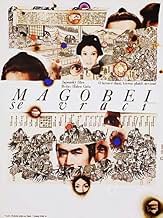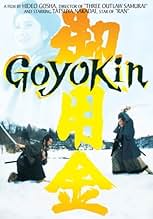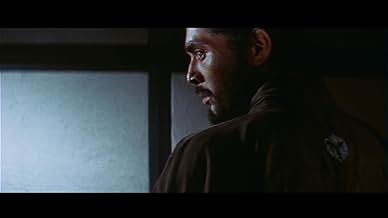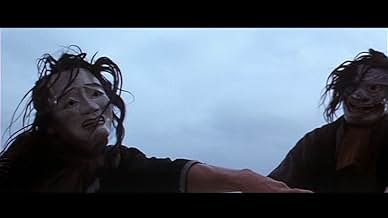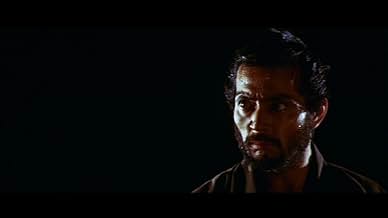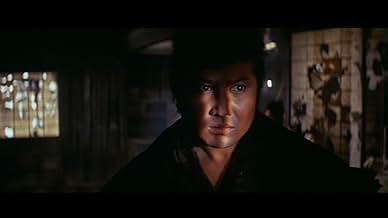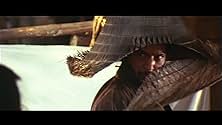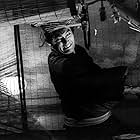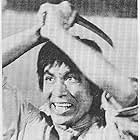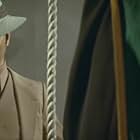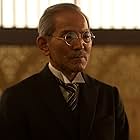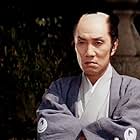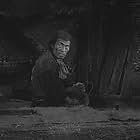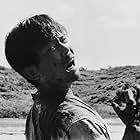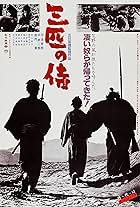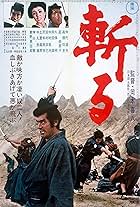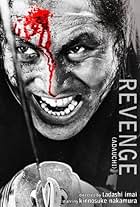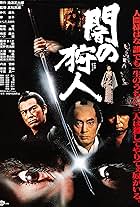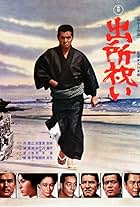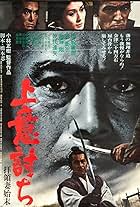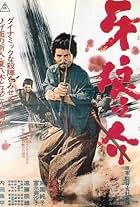NOTE IMDb
7,6/10
2,7 k
MA NOTE
Ajouter une intrigue dans votre langueA guilt-haunted samurai warrior attempts to prevent a massacre from taking place.A guilt-haunted samurai warrior attempts to prevent a massacre from taking place.A guilt-haunted samurai warrior attempts to prevent a massacre from taking place.
- Récompenses
- 2 victoires et 1 nomination au total
Histoire
Le saviez-vous
- AnecdotesThis is the first Japanese feature film in Panavision.
- ConnexionsFeatured in Trailer Trauma V: 70s Action Attack! (2020)
Commentaire à la une
From the truly creepy opening to the climax, this movie holds your attention, both with its cinematography and (more preciously) a gripping and coherent storyline.
Excellent filming techniques in this film hold your attention, when the suspense (yes! actual suspense!) doesn't. The acting (by Nakadai Tatsuya, one of Japan's greatest actors -- far better than Mifune Toshiro, IMHO) is top notch. Finally, the violence (though there's plenty) never degenerates into splatter. The violence appears much more disturbing (intentionally so) and much less titillating than in many "chambara" movies.
Also noteworthy, this movie plays on the "loyalty vs. morality" theme that Gosha seems so fond of hammering. In this particular movie, however, he really pulls it off with some intelligence. Though I'm a big fan of Gosha, I have to admit that not everything he touches turns to "gold" (Get it? You will...).
Even so, if you're going to sample from the "chambara" genre, this is among the best (my other nominee would be "Hitokiri/Tenchu" (1969). Frankly, I think it's among the best Japanese films, period.
Excellent filming techniques in this film hold your attention, when the suspense (yes! actual suspense!) doesn't. The acting (by Nakadai Tatsuya, one of Japan's greatest actors -- far better than Mifune Toshiro, IMHO) is top notch. Finally, the violence (though there's plenty) never degenerates into splatter. The violence appears much more disturbing (intentionally so) and much less titillating than in many "chambara" movies.
Also noteworthy, this movie plays on the "loyalty vs. morality" theme that Gosha seems so fond of hammering. In this particular movie, however, he really pulls it off with some intelligence. Though I'm a big fan of Gosha, I have to admit that not everything he touches turns to "gold" (Get it? You will...).
Even so, if you're going to sample from the "chambara" genre, this is among the best (my other nominee would be "Hitokiri/Tenchu" (1969). Frankly, I think it's among the best Japanese films, period.
- shinobirastafari
- 8 juil. 2001
- Permalien
Meilleurs choix
Connectez-vous pour évaluer et suivre la liste de favoris afin de recevoir des recommandations personnalisées
- How long is The Steel Edge of Revenge?Alimenté par Alexa
Détails
- Durée2 heures 4 minutes
- Mixage
- Rapport de forme
- 2.35 : 1
Contribuer à cette page
Suggérer une modification ou ajouter du contenu manquant

Lacune principale
By what name was Goyokin: La terreur des sabaï (1969) officially released in Canada in English?
Répondre
